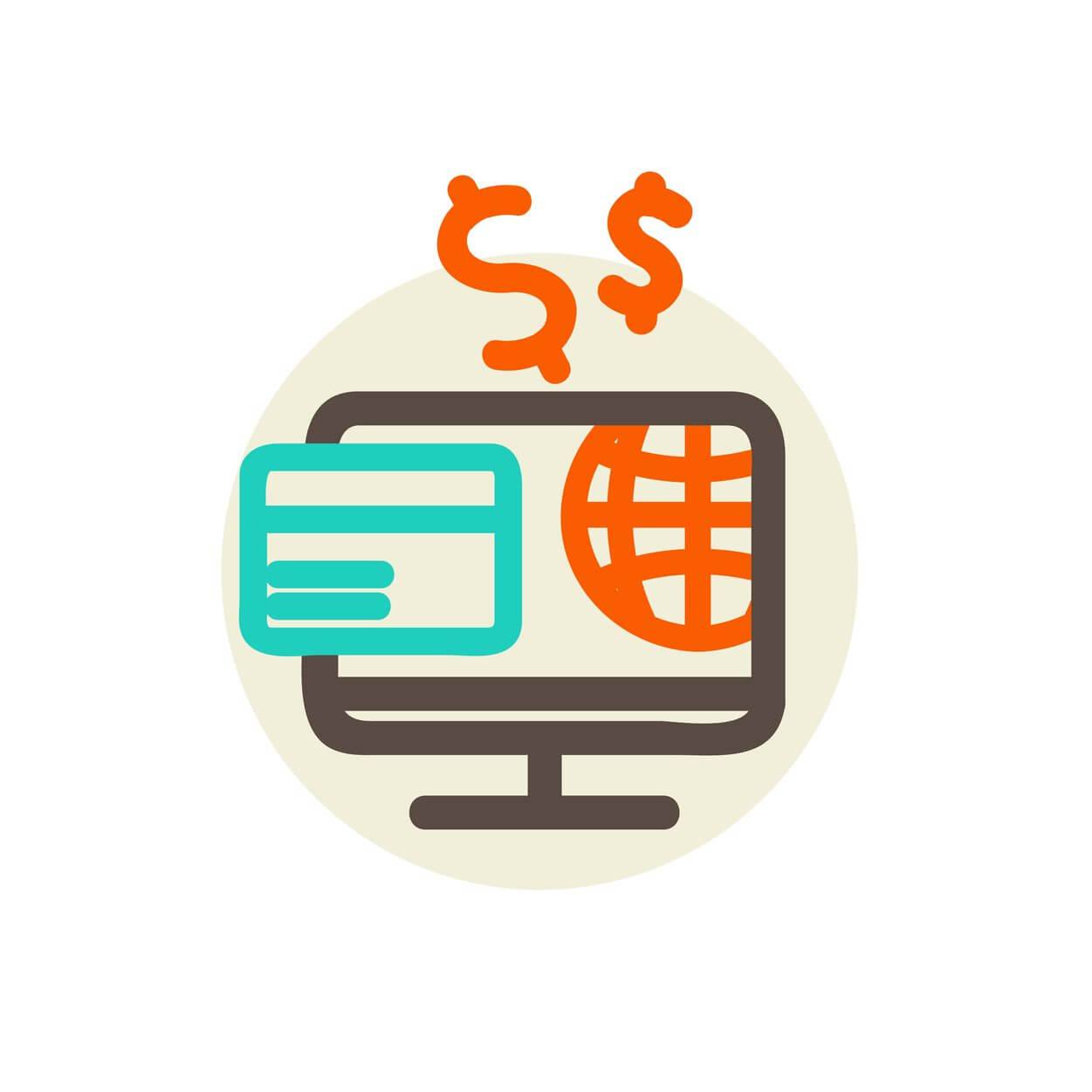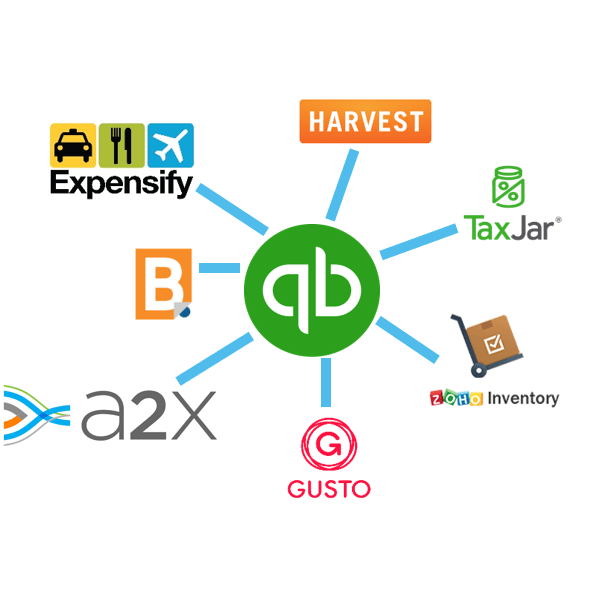
I’m guessing you started your ecommerce business for one thing and one thing only – $$$. Okay, maybe you really love the product you invented, wanted to solve the world’s biggest pain, wanted to provide jobs, and really care about bringing value to the world. Although you probably have some of these motives, at the end of the day you can’t accomplish any of these things unless your business is making money. Remember from your Finance 101 class, “cash is king!”.
Since making money is needed to run a company, we know you really look forward to receiving deposits from online sales. But when you do receive those deposits, does it ever seem like you are getting cheated? Where did all your sales go? How much is your online payment processor charging on the backend?!! Is there a glitch on your website? These are all important questions you should be asking.
Why you should reconcile deposits
Deposits for ecommerce companies usually come from either your sales channels or from the online payment processors you’ve elected to use. To be clear, sales channels are the websites you are selling on. An online payment processor is the company you elected to process credit cards and collect customer’s money on your website.
Deposits from selling on third-party sites (such as Amazon or Etsy) will show in your bank account as coming from that sales channel. Whereas, deposits from sales on your own site, such as Shopify, will come from the payment processors you have elected to use. When you setup your website, you may have seamlessly connected a suggest online payment processor. You may need to check again to see which payment processor(s) you are using.
Sales Channels
Online Payment Processors
Reconciling deposits with sales channels and online payment processors will (1) possibly save your business money, (2) provide you with more accurate bookkeeping numbers, and (3) provide you with valuable insights.
Click here to read about accounting for Amazon sellers.
Save your business money
We know from experience that reconciling deposits could save you beaucoup (a lot of) dollars. For example, you might have a setting on your online payment processor that doesn’t allow for the collection of credit card payments over a certain dollar threshold (believe it or not, we have seen this with a client). Sometimes sales channels and online payment processors make mistakes that you can catch. Saving money from these types of situations is not necessarily the norm, but important to rule out.
Accurate bookkeeping numbers
Too many business owners or bookkeepers see a deposit in the bank account and simply record this number as revenue. Unfortunately, this method of recording revenue for ecommerce businesses is completely wrong. You will have a false sense of how your business is performing, both on the revenue side and on the cost side. Reconciling your deposits will help you see the true revenue and costs of everything that happens on your sales channels and online payment processors.
Click here to read more about the unique aspects of ecommerce accounting.
Valuable insights
Reconciling your deposits with sales channels and payment processors will provide you with powerful information. Here are some of the insights you will discover with an in-depth reconciliation:
- The amount of money you issue in refunds
- The amount of money in discounts you are giving customers
- Chargebacks you win or lose
- Money you collect for shipping
- Tax liability you have from collecting sales tax
- Sales channel and online payment processor fees
- The sales channels that are most profitable for your business
These insights will help you understand your business in greater detail. You can then make more knowledgeable business decisions.
Reconciling your deposits
Each sales channel and online payment processor is unique in their reporting. In general, here is what you should be looking for when reconciling deposits with both sales channels and online payment processors:
1. Initial order reports from sales channels
These reports show all your orders, whether they were fulfilled, canceled, returned, etc. You should find (1) a dollar amount for orders before any discounts or refunds were applied (gross sales), and (2) a final dollar amount that you should expect to receive from the customer after discounts, refunds, etc. (net sales, before payment processor transactions). You will start to gain insights into what factors are causing net sales to decrease.
2. Settlement reports from online payment processors
These reports show what your payment processors have “settled”, along with refunds, fees, chargebacks. You should be able to find the “settled” amount in a transactional or summary view on your online payment processor dashboard. The “settled” amount BEFORE refunds, processor fees, and chargebacks out, should match what you expect to receive from customers in the initial order reports. Remember that you may have multiple online payment processors that should add up to match the amount you expect to receive. This is a crucial reconciliation that validates information from your sales channels is successfully moving to your payment processors.
The final dollar amount AFTER refunds, processor fees, and chargebacks is what you should see deposited in your bank account (net sales). It’s important to note that some online payment processors charge their fees before sending your daily settlement. Others sum an entire month’s worth and take it out of your bank account at the beginning the following month.
Summary
The information in these reports will allow you to see everything that is happening between initial orders (gross sales) and what is deposited in your bank account (net sales). If you have large differences between sales channels, online payment processors, and final deposits, you know it’s time for a deep dive. If not, breaking down what causes your net sales to decrease will provide you with the insights mentioned in the “valuable insights” section of this blog.
This reconciliation process will be well worth your time. You never know what surprises you will find. Furthermore, you will discover valuable information to help you “build your business with better numbers”!
If you need help along the way, we have gurus doing this stuff all the time. Don’t hesitate to reach out.
situs togel
toto togel
toto togel
toto slot
toto slot
toto togel
situs togel
data macau
prediksi hk
prediksi sdy
situs toto
toto slot
situs toto
situs toto
pam4d
situs togel
gimbal4d
pam4d
pam4d
gimbal4d
sangkarbet
sangkarbet
gimbal4d
situs toto
toto slot
situs toto
toto slot
situs toto
situs toto
situs toto
situs toto
toto slot
pafikotatambrauw.org
pafikotapegununganbintang.org
pafikotamimika.org
pafikotamamujutengah.org
pafikotamalukutenggara.org
pafikotabovendigoel.org
pafikotamalukutengah.org
pafikotalannyjaya.org
pafikotakepulauanyapen.org
pafikotaintanjaya.org
pafikotaburuselatan.org
pafikotabiaknumfor.org















